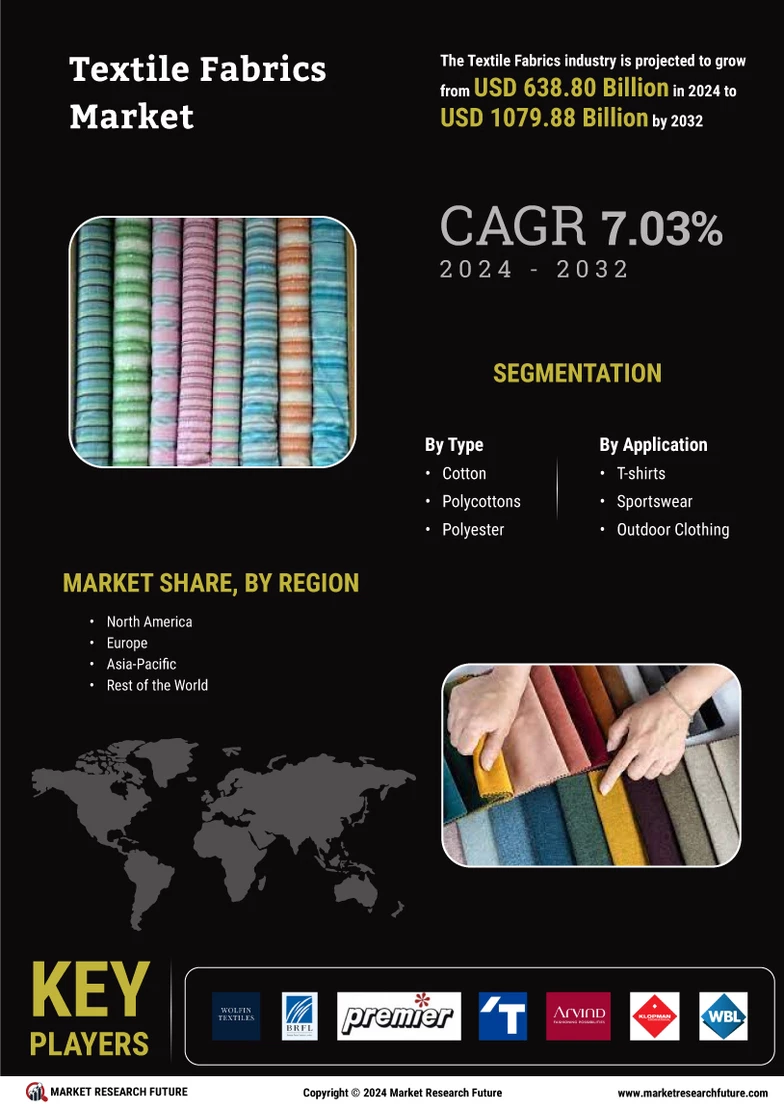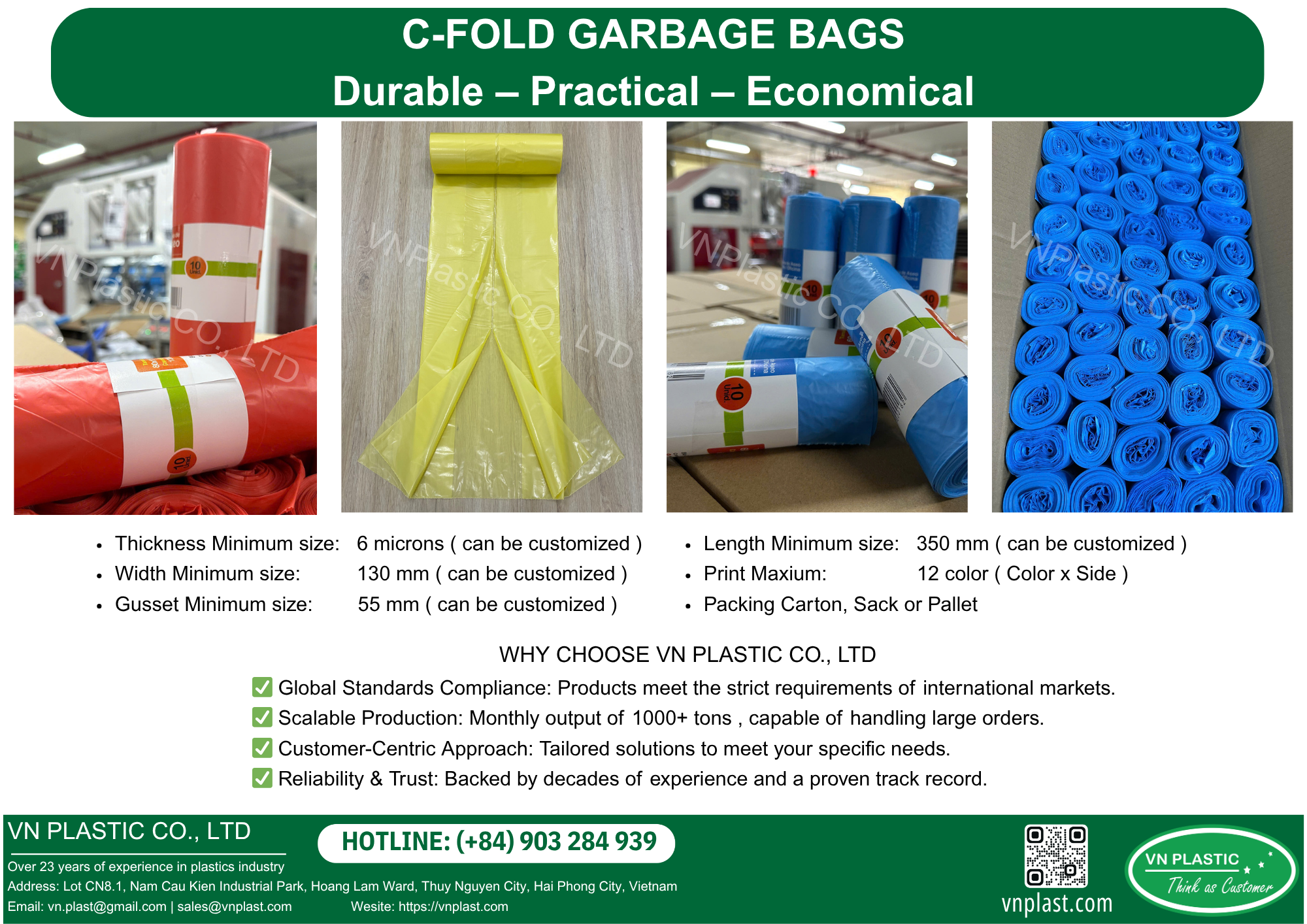The Cotton Bag Market sacks and bags is poised for continuous growth, with consumption expected to reach 20,000 tons and a market value of $152 million by 2024. As demand remains consistent, projections show the market expanding at a compounded annual growth rate (CAGR) of 1.7% in volume and 2.2% in value until 2035, ultimately hitting 24,000 tons and a value of $194 million.
Key Market Insights Cotton Bag Market

The latest report from IndexBox reveals that Nigeria, Ethiopia, and the Democratic Republic of the Congo are leading both consumption and production in the cotton bag market. Additionally, while imports experienced a dip in volume, the value saw an increase, highlighting a potential shift toward higher-quality products.
Market Expansion Projections of Cotton Bag Market
According to the report, the African cotton sack and bag market (Cotton Bag Market) is on an upward trajectory, buoyed by growing demand. By 2035, the market volume is anticipated to rise to 24,000 tons, while the value is expected to reach $194 million. The growth rates reflect a deceleration compared to previous years but underscore the market’s resilience.
Consumption Trends

Steady Consumption Growth
In 2024, Africa witnessed a 1.9% increase in the consumption of cotton sacks and bags (Cotton Bag Market), totaling 20,000 tons—a significant rise from previous years. This marks the twelfth consecutive year of growth, with an impressive overall rise of 53.1% since 2013. Although consumption saw fluctuations, it peaked in 2024, indicating sustained demand.
Value of Consumption of Cotton Bag Market
The cotton bag market in Africa attained a value of $152 million in 2024, up 6.2% from 2023. This figure represents revenue generated by producers and importers, excluding logistics and retail costs. The value growth averaged 3.8% annually from 2013 to 2024, reflecting a solid expansion despite market inconsistencies.
Country-Specific Consumption

The report identifies Nigeria as the largest consumer of cotton sacks and bags, with a consumption volume of 3,300 tons, followed by Ethiopia with 2,000 tons and the Democratic Republic of the Congo with 1,300 tons. Together, these countries accounted for approximately 33% of total consumption in 2024.
In terms of market value, Egypt emerged as the top market with $25 million, followed by Ethiopia and Algeria with values of $17 million and $15 million, respectively. Collectively, these markets represent a significant portion of the African cotton bag landscape.
Per Capita Consumption
Ethiopia leads in per capita consumption of cotton sacks and bags, with 16 kg per 1,000 persons, matched by Mozambique. Uganda follows closely with 14 kg per 1,000 persons. These figures reflect a growing trend in individual usage alongside national consumption.
Production Overview
Overall Production Figures
In 2024, cotton bag production in Africa stabilized at approximately 19,000 tons, maintaining levels similar to 2023. Over the past decade, production has grown at a CAGR of 3.6%, though it has seen fluctuations, notably a 7.8% increase in 2022. The projected outlook remains positive for gradual growth.
Value of Production
The estimated value of cotton bag production rose significantly to $161 million in 2024. Similar to consumption, production value has experienced an average annual growth rate of 4.1% over the last eleven years, signifying ongoing development despite market variations.
Leading Production Countries
The report identifies Nigeria as the top producer of cotton bags in 2024, producing 3,200 tons, followed by Ethiopia with 2,000 tons and the Democratic Republic of the Congo with 1,300 tons, accounting for a combined 34% of overall production.
Import Analysis (Cotton Bag Market)
Current Import Trends
Imports of cotton sacks and bags into Africa saw a slight decrease of 3% to 1,200 tons in 2024, the second consecutive year of decline. Nevertheless, imports have generally benefited from a growing trend over the past several years, particularly experiencing a peak of 1,400 tons in 2022.
Import Value
In value terms, cotton bag imports (Cotton Bag Market) reached $4.3 million in 2024, demonstrating moderate growth since 2013 with an average annual increase of 4.5%. The value has shown remarkable performance, doubling from 2020 figures.
Key Importing Countries
Ghana emerged as the primary importer of cotton bags, purchasing 303 tons, which represents 26% of the total imports for 2024. Other significant importers include Tanzania and Kenya, with 125 tons and 8.2% market share, respectively.
Import Prices
The import price in Africa rose to $3,660 per ton in 2024, a 21% increase from the previous year. Prices varied widely, with Morocco registering the highest import price at $12,134 per ton, revealing disparities between different nations.
Export Overview Cotton Bag Market
Export Performance
In 2024, Africa’s exports of cotton sacks and bags fell to 499 tons, reflecting a significant decrease of 29.9%. This decline marked the end of a two-year upward trend in export activity. The overall export volume over the years has fluctuated, reaching as high as 1,300 tons in 2016.
Export Value
The total value of cotton bag exports contracted to $12 million in 2024, down from a record high of $13 million in 2023. Despite this dip, historical trends show substantial growth, particularly peaking in 2019.
Leading Exporting Countries
Tunisia and Morocco are the primary exporters, contributing 68% of total exports in 2024 with 179 tons and 161 tons respectively. Other notable exporters include Rwanda, Ethiopia, and South Africa, each contributing to the overall trade figures.
Export Prices
The average export price in Africa soared to $24,813 per ton in 2024, a 37% increase year-on-year. This price escalation indicates a shift towards higher-quality products in the market.
In summary, the African cotton bags and sacks market is experiencing steady growth driven by demand across key countries, highlighting increasing consumption, production, imports, and a dynamic export landscape.




